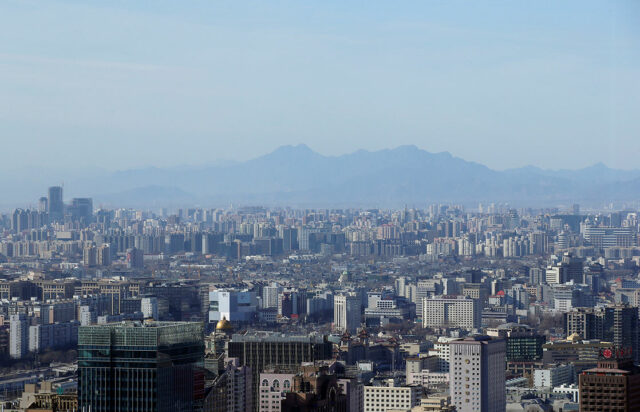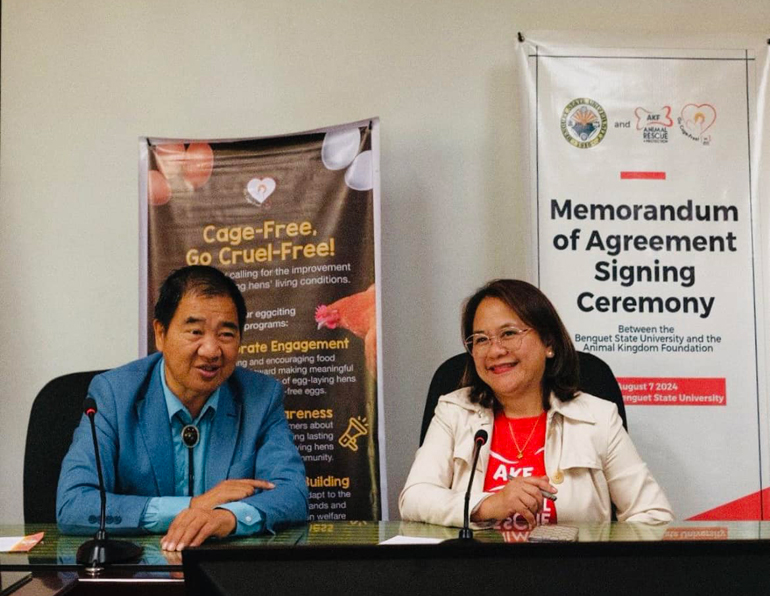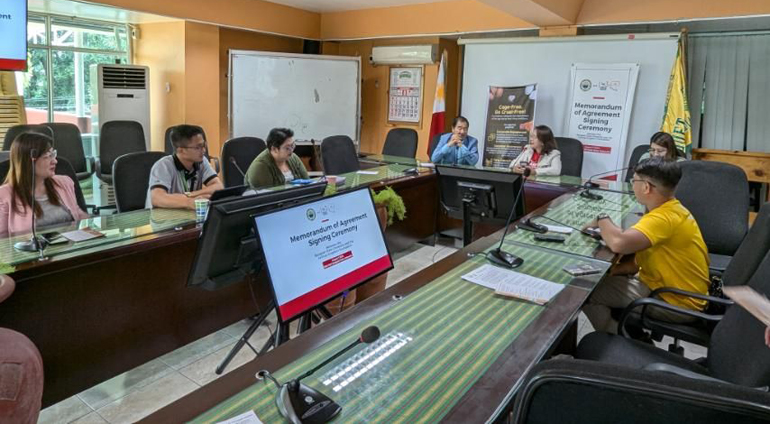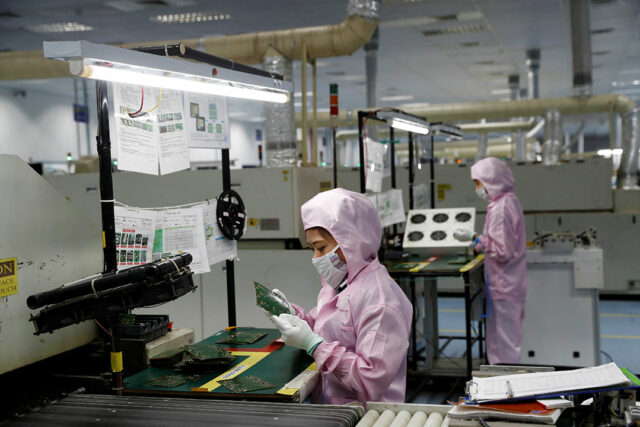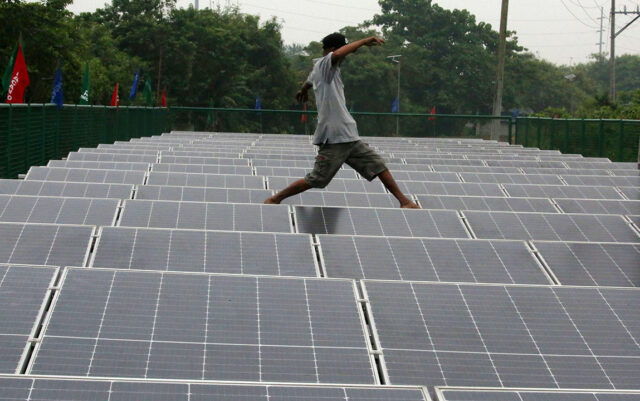China, South Africa agree to seek balanced trade, more investments
BEIJING – China and South Africa, whose top leaders met in Beijing, agreed to promote balanced trade and discussed boosting two-way investments between their industrial and commercial communities, a joint statement on Tuesday showed.
President Xi Jinping and his South African counterpart Cyril Ramaphosa met on Monday, ahead of the ninth forum on China-Africa cooperation. Both sides called Mr. Ramaphosa’s visit of “great significance” to the development of bilateral relations.
Mr. Ramaphosa had sought with Mr. Xi to narrow South Africa’s trade deficit with Beijing and review his country’s trade structure with China, petitioning for more sustainable manufacturing and job-creating investments.
China, the world’s second-biggest economy, is South Africa’s largest trading partner globally but the value of its imports from China far outstripped exports last year.
In the joint statement, China showed it was willing to uplift job creation, citing recruitment conferences for Chinese enterprises to promote local employment in South Africa.
The statement also mentions adding manufacturing bases near the source of relevant raw materials, and promoting transfer of technology and skills among their businesses.
China was also willing to share more of its experience in poverty reduction and rural revitalization, according to the statement published by the Chinese foreign ministry.
After the meeting, both countries signed numerous cooperation documents that included the application of a satellite navigation system, housing and settlement and export requirements for dairy products and raw wool from South Africa to China.
Both nations are looking to expand cooperation in renewable energy, energy storage, transmission and distribution, the statement said, adding that they will co-host a new energy investment conference to be organized by their chambers of commerce and associations.
But that document did not include any specific fresh investment or financing pledges.
In contrast, when the two leaders met in Johannesburg last August ahead of a BRICS summit, Chinese power companies committed to help upgrade South Africa’s nuclear power plants, extend the life of its coal-fired power stations, and set up transformer and solar PV panel manufacturing facilities across the country.
Then, Mr. Ramaphosa said Beijijng had extended a grant worth 500 million rand for the power sector, without giving timelines.
In Beijing, the two leaders also jointly called on the international community to support African countries in implementing the African Continental Free Trade Agreement, an FTA that would make up the world’s largest free trade area creating a single continental market for goods and services, helping Africa advance its integration. – Reuters

